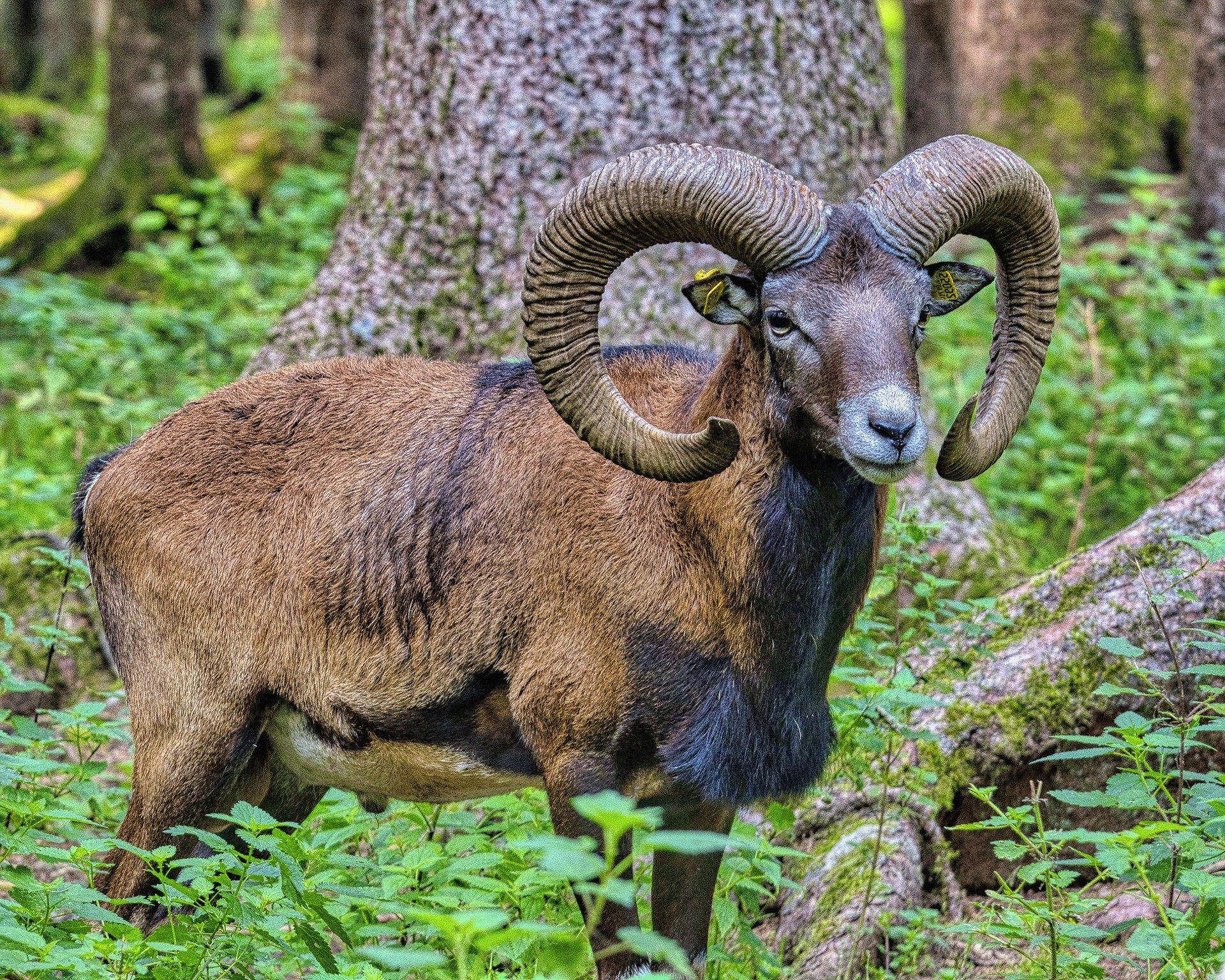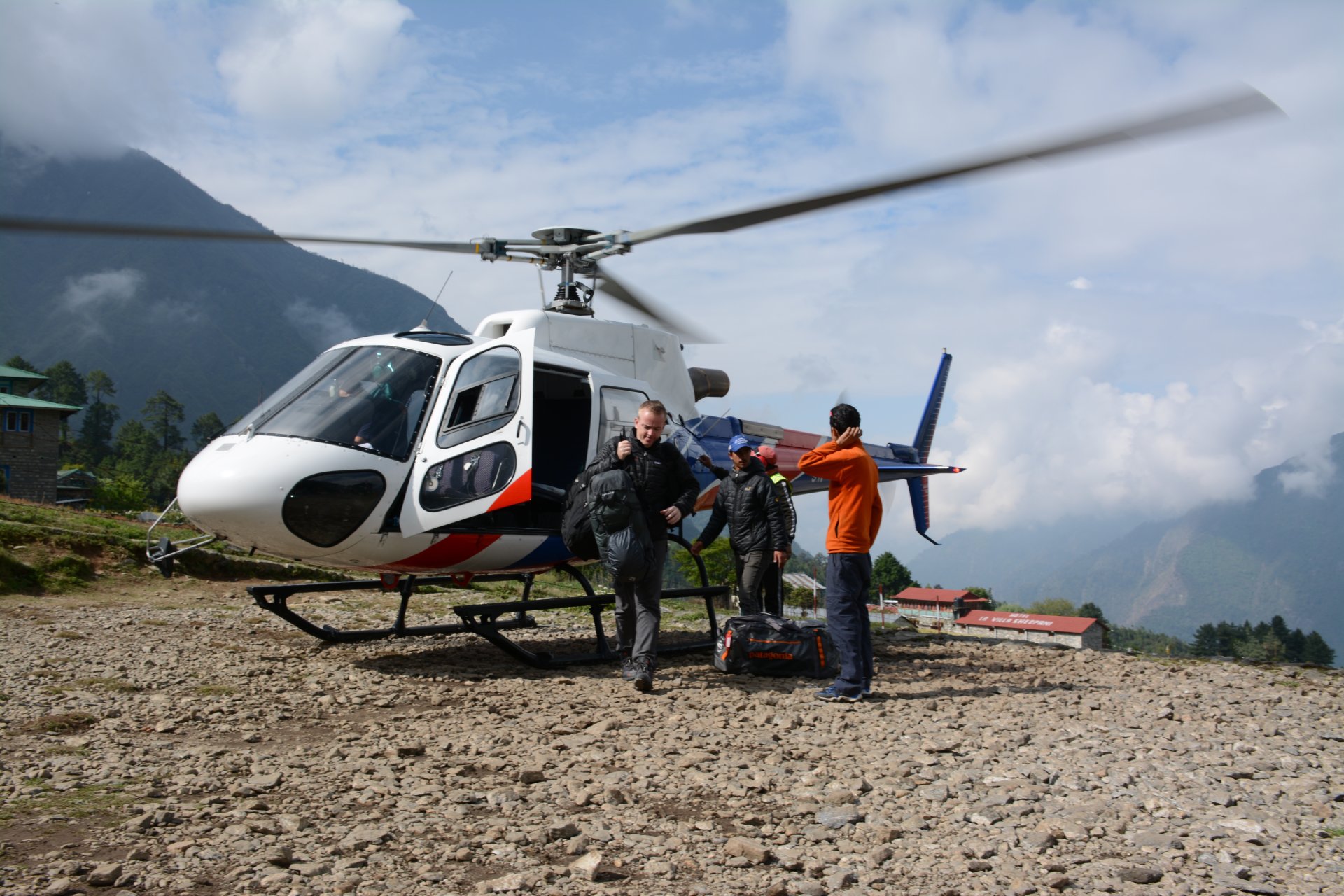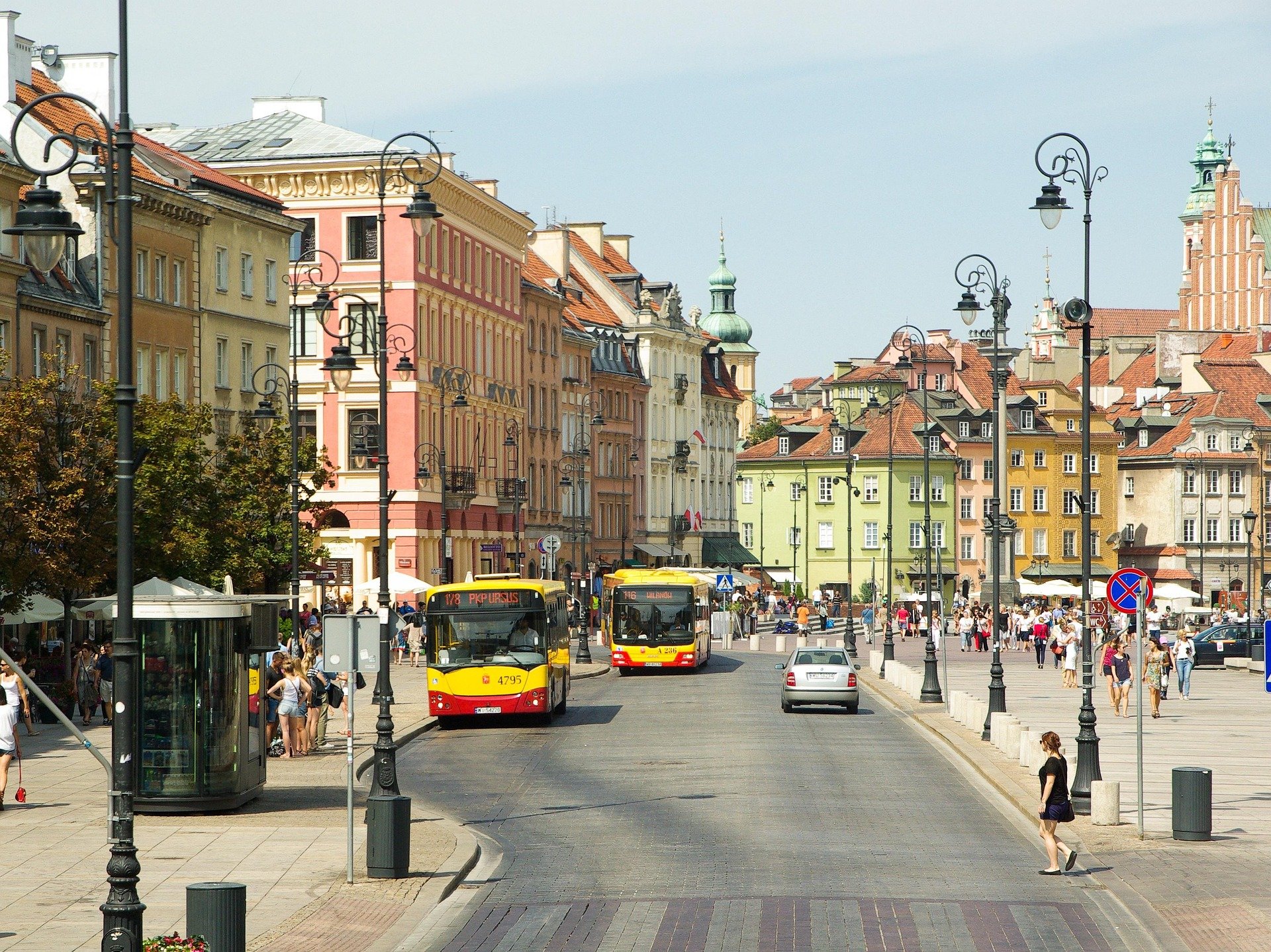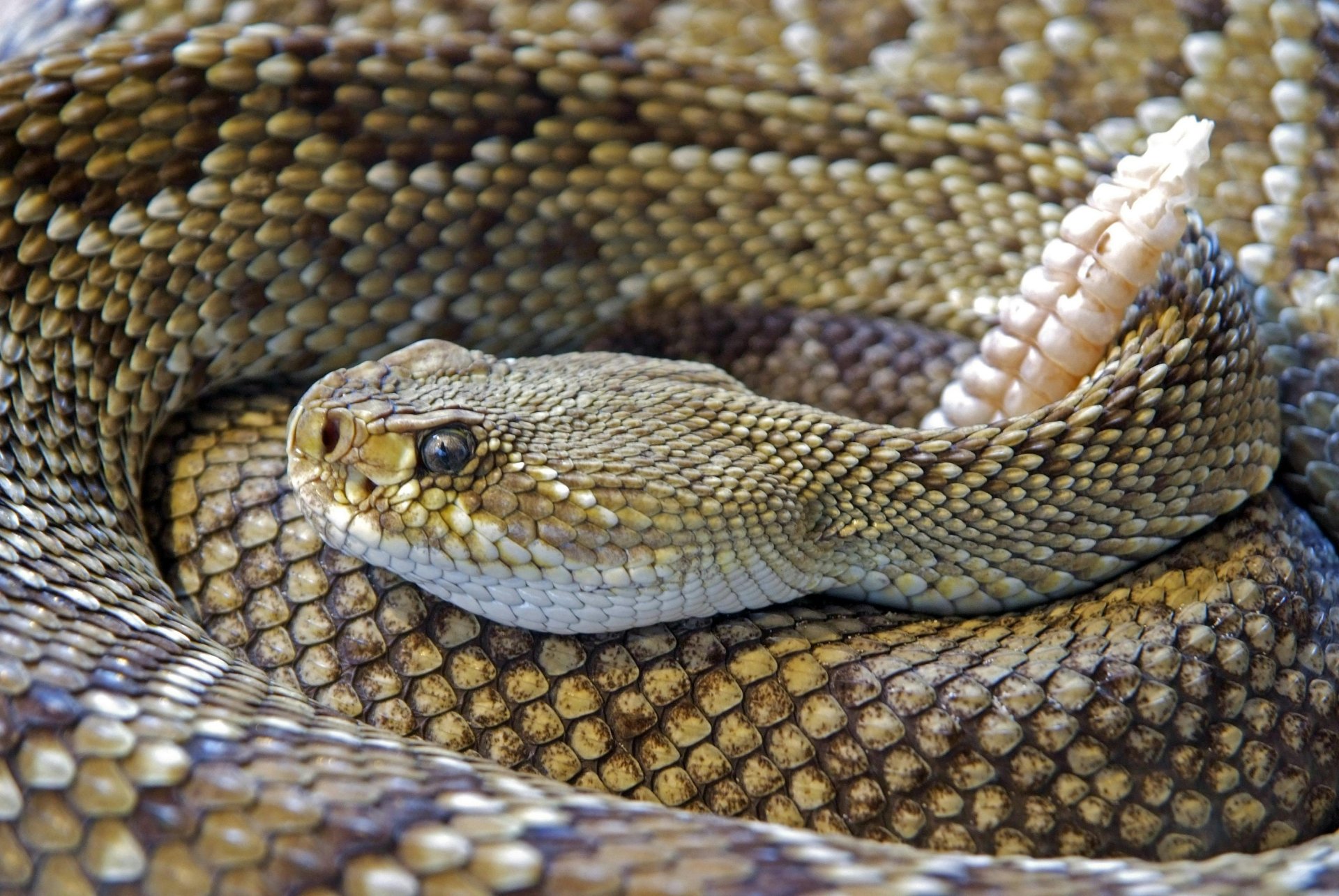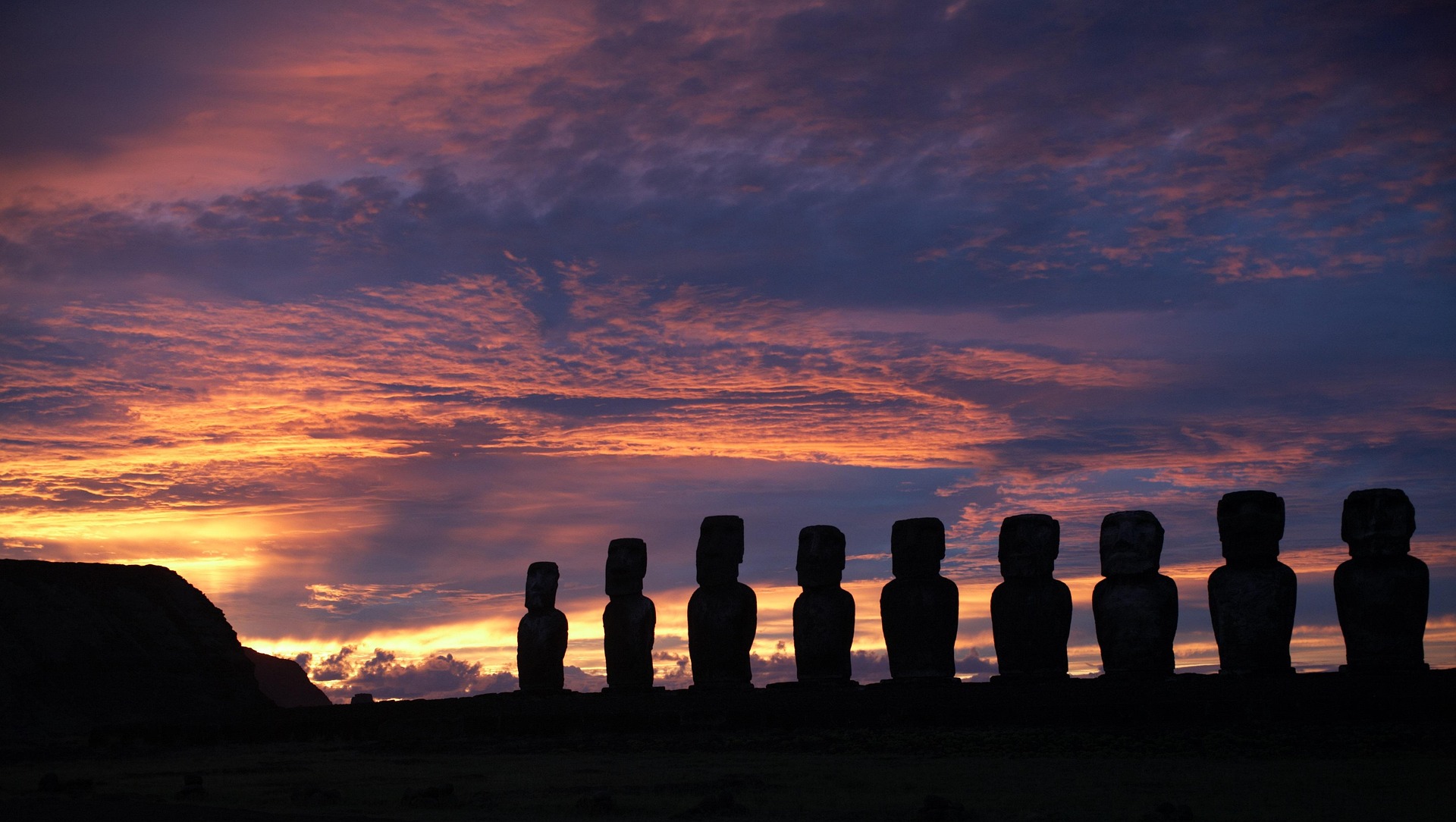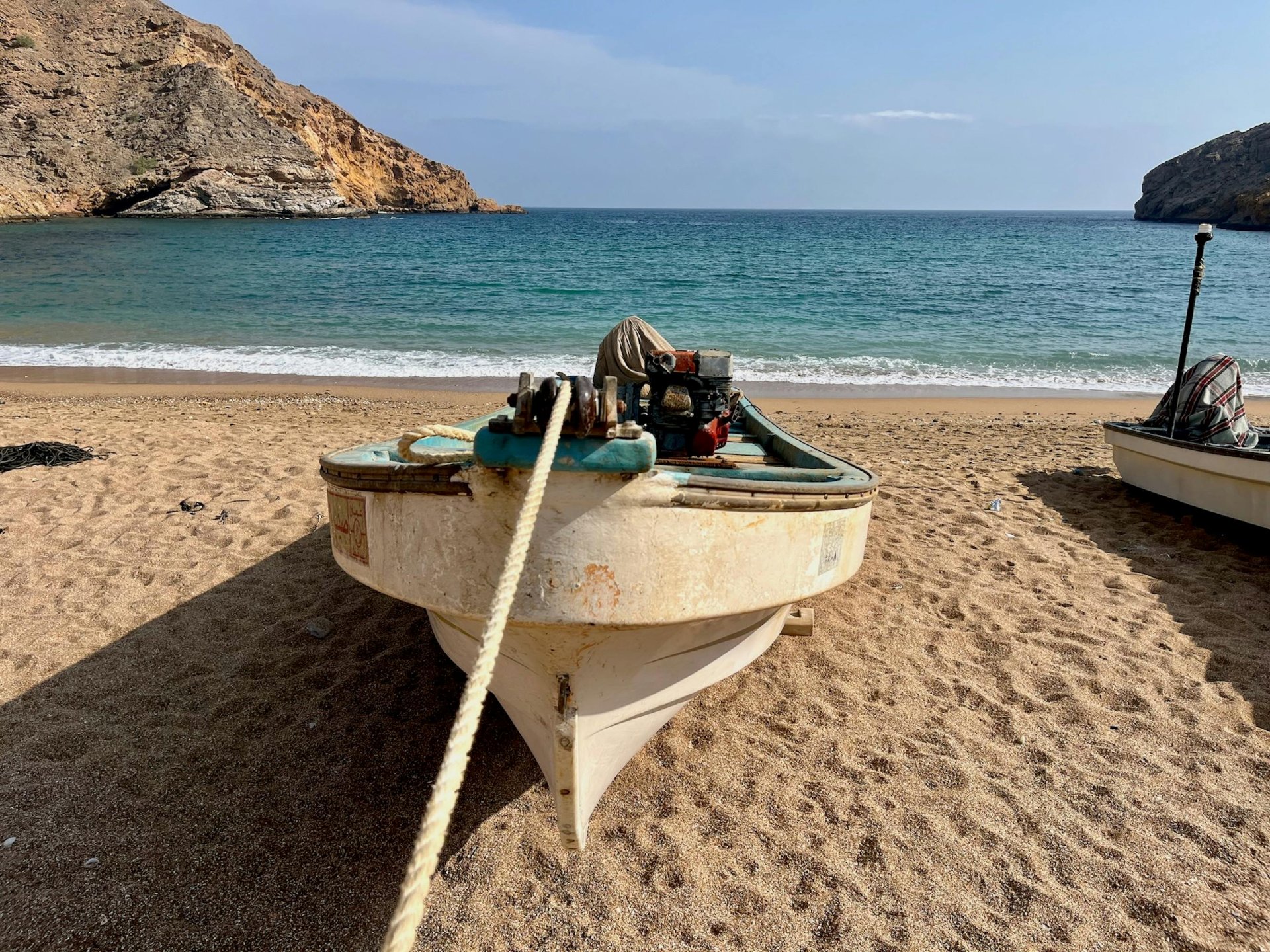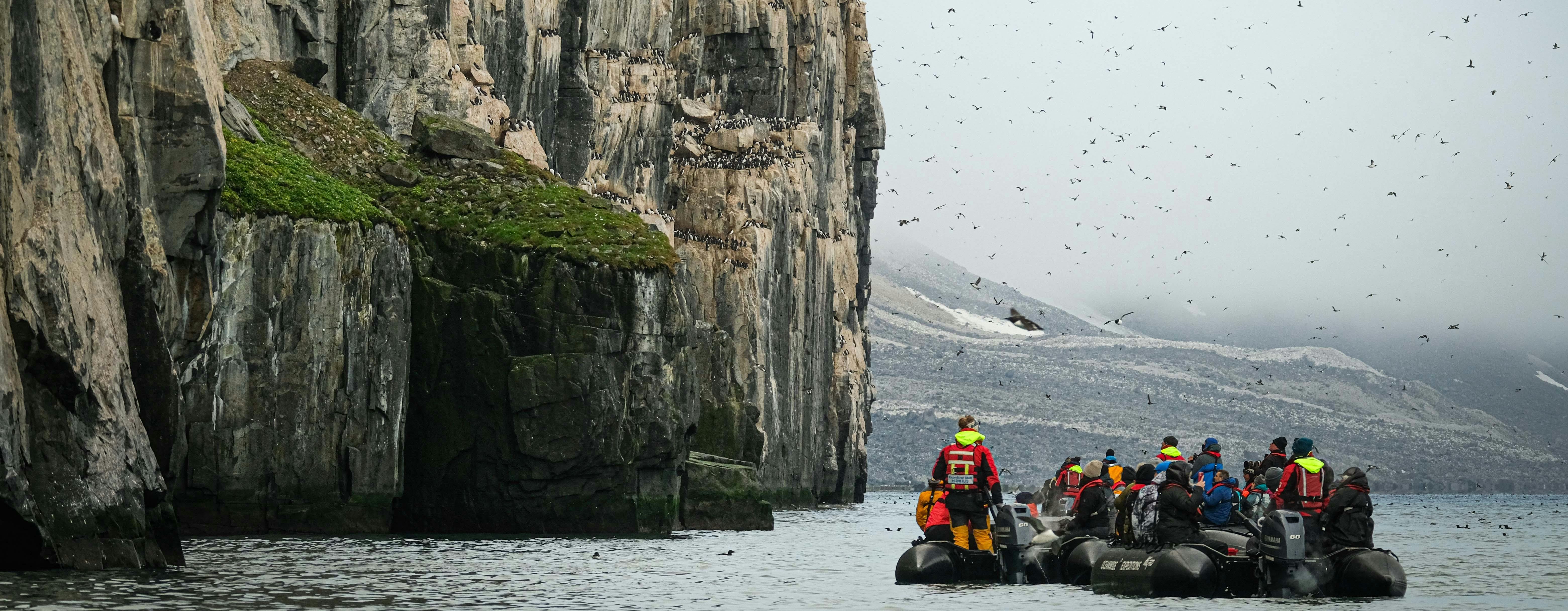Article Highlights:
- Comprehensive guide to hunting Himalayan tahr, alpine chamois, mouflon sheep, and other sought-after game species worldwide.
- Critical safety considerations, including weather risks, emergency response capabilities, and firearm regulations.
- Insights into customs, culture, and language in each hunting region.
- Essential pre-travel health checks and real-life medical evacuation scenarios.
- The importance of Global Rescue for emergency medical evacuation and expert assistance.
For hunters seeking the ultimate challenge, few experiences rival tracking and harvesting legendary species like the Himalayan tahr in New Zealand, the alpine chamois and mouflon sheep in the Alps, the Pyrenean chamois, wild boar, red deer, and fallow deer in France, the red stag in Argentina, and the black bear in North America. Each species presents unique obstacles, requiring meticulous planning, specialized gear, and an understanding of local regulations, culture, and risks.
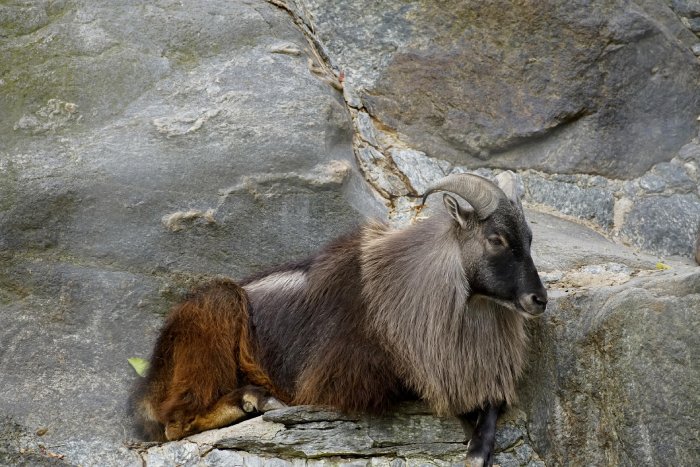
Himalayan Tahr Hunting in New Zealand
New Zealand’s Southern Alps offer some of the best Himalayan tahr hunting in the world. These mountain-dwelling animals demand physical endurance and expert marksmanship due to the rugged terrain they inhabit. May and June mark the peak hunting season, offering prime conditions for tahr hunting.
- Hunting Requirements: A firearm import permit is required. Visitors must declare firearms on arrival and secure a New Zealand Police Permit to Import Firearms. Hunters are encouraged to use local outfitters who provide firearms.
- Risks: High-altitude hunting increases the risk of falls and altitude sickness.
- Weather in May-June: Cold and unpredictable with sudden snowstorms.
- Safety and Emergency Response: Helicopter rescues are available but costly. Insurance is recommended.
- Satellite Communications: No major restrictions, but satellite phones must be declared upon entry.
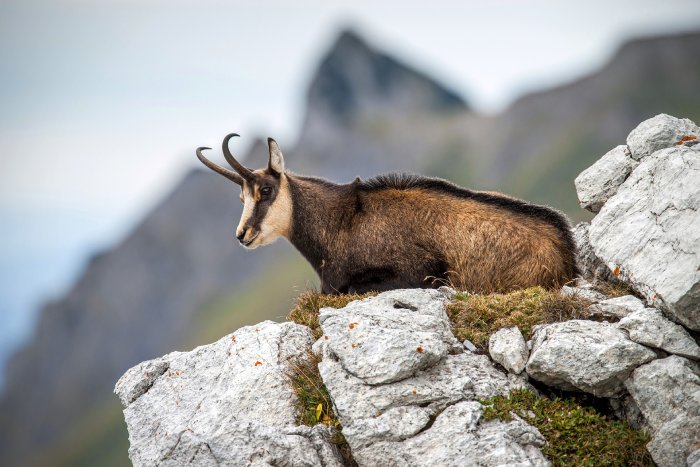
Alpine Chamois and Mouflon Sheep in the Alps
Hunting in the European Alps, spanning France, Switzerland, Italy, and Austria, requires navigating steep, rocky landscapes and harsh weather conditions. May and June are the designated months for hunting alpine chamois and mouflon sheep, with favorable conditions in many high-altitude areas.
- Hunting Requirements: Each country has strict hunting regulations. France and Austria require a European Firearms Pass and temporary hunting licenses. In Switzerland and Italy, non-residents must hunt with registered guides.
- Risks: Slippery terrain, hypothermia, and unpredictable mountain weather.
- Weather in May and June: Unstable, with rain and occasional snowfall at higher elevations.
- Language and Culture: Varies by country; French, German, and Italian are common.
- Safety and Emergency Response: Reliable mountain rescue teams are present.
- Satellite Communications: Satellite devices may be restricted in certain protected areas; hunters should check local regulations.
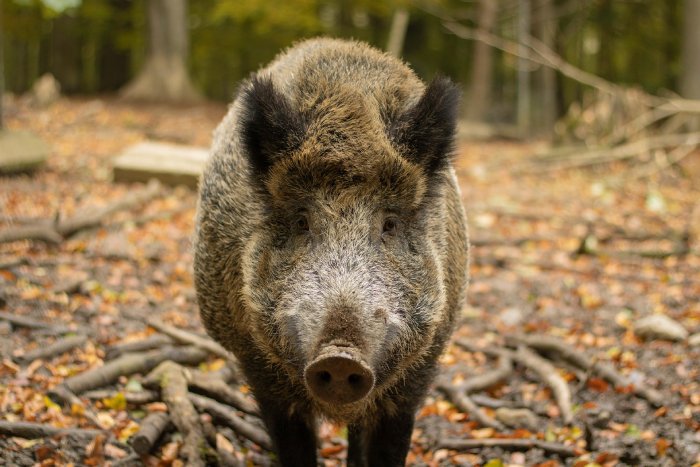
Pyrenean Chamois, Wild Boar, Red Deer, and Fallow Deer in France
France offers diverse hunting opportunities, from Pyrenean chamois in mountainous regions to wild boar and deer in lush forests. The hunting season for these species is in full swing during May and June, making it an excellent time for dedicated hunters.
- Hunting Requirements: France requires a temporary hunting permit for foreigners. Firearm importation requires pre-approval and must comply with strict regulations.
- Risks: Dense forests pose navigation challenges; wild boar can be aggressive when wounded.
- Weather in May and June: Mild to warm; wetter conditions in some regions.
- Language and Culture: French is dominant; hunting traditions are deeply rooted.
- Safety and Emergency Response: Excellent medical facilities; response times vary by location.
- Satellite Communications: Hunters may use satellite devices, but some regions restrict usage near protected wildlife areas.
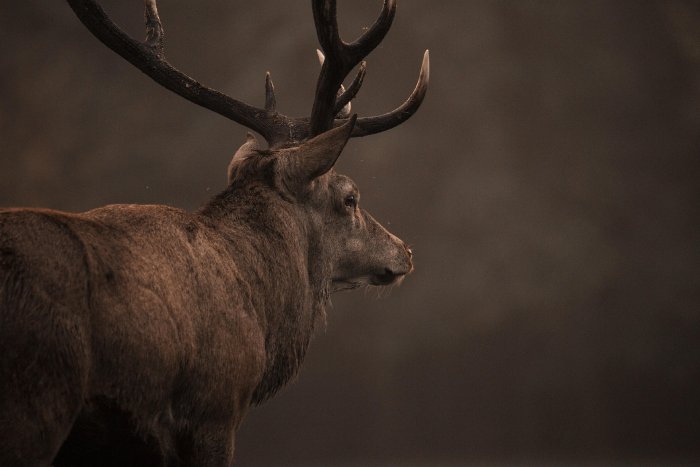
Red Stag Hunting in Argentina
Argentina is a prime destination for red stag hunting, especially in Patagonia, where massive herds roam. The rut season peaks in March and April, but May and June remain key for red stag hunting, offering late-season opportunities.
- Hunting Requirements: Firearm importation permits are required; firearms must be registered with Argentine customs. Most hunters use local outfitters who provide firearms.
- Risks: Remote locations require emergency planning.
- Weather in May and June: Early winter; temperatures can be cold with strong winds.
- Language and Culture: Spanish is the primary language; hospitality is a hallmark of Argentine culture.
- Safety and Emergency Response: Limited medical facilities in rural areas; Global Rescue membership recommended.
- Satellite Communications: Satellite phones are allowed but must be registered with customs upon arrival.
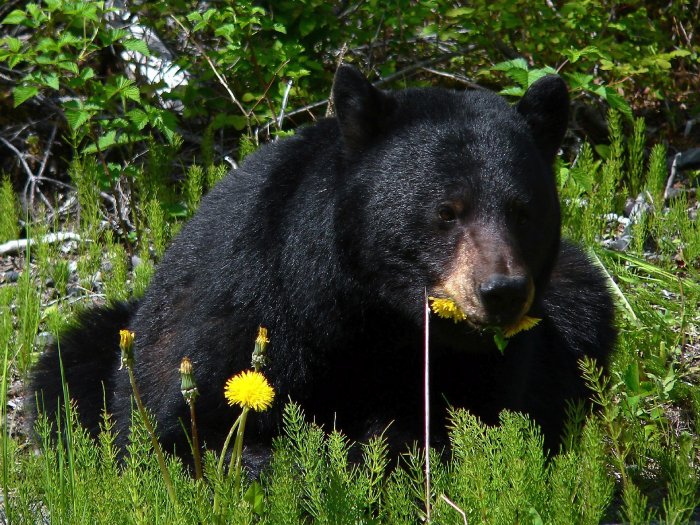
Black Bear Hunting in the U.S. and Canada
North America offers the best black bear hunting, from Alaska to Canada’s remote wilderness. May and June are among the most active months for black bear hunting, as the bears emerge from hibernation in search of food.
- Hunting Requirements: The U.S. and Canada require a firearm import permit. Hunters must declare firearms at the border and provide proof of a hunting license. Some states and provinces mandate additional regulations.
- Risks: Bear encounters require caution; firearm safety is crucial.
- Weather in May and June: Variable; cooler in Canada, warmer in the southern U.S.
- Safety and Emergency Response: Strong emergency services, but remote locations may delay response times.
- Satellite Communications: Most areas have no restrictions, but some remote wilderness parks require special permission.
The Global Rescue Connection
Global Rescue is a critical resource for anyone venturing into the wilds of New Zealand, France, Canada, Argentina, the U.S., or anywhere else. When you’re on a hunt, no matter how prepared you may be, things can go wrong instantly. Whether it’s a minor illness or a serious injury, having the peace of mind of knowing that Global Rescue is there to provide emergency medical evacuation and expert assistance is a game changer.
For example, a member from Michigan nursed a fever for several days during a remote safari before expedition leaders contacted Global Rescue to request a medical evacuation. After retrieving and analyzing all the available medical information about the member, Global Rescue’s medical operations team initiated an immediate, successful medical evacuation. After an initial period of hospitalization to stabilize the member, he was admitted for a prolonged period due to this illness requiring multiple surgeries, aggressive antibiotic therapy, and close monitoring in the ICU before being deemed fit to fly back to his home hospital of choice in the U.S.
This is one of many examples of how Global Rescue’s services are essential in the field. Whether it’s an emergency medical evacuation or expert guidance to determine if a seemingly minor health concern needs immediate attention, Global Rescue is the safety net that hunters rely on.

